
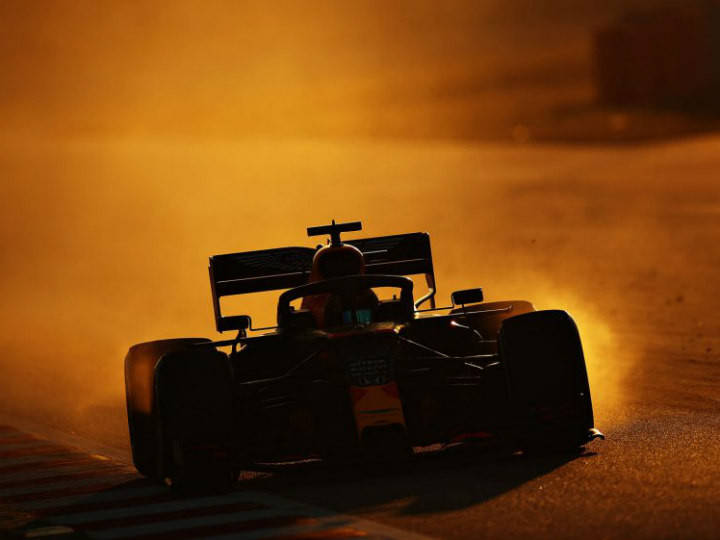
Whenever a new year kicks off, so does a new season in the motorsports world, especially Formula One. The new season usually starts with car launches, future announcements, and more importantly pre-season testing. With the first pre-season test at Barcelona, Spain coming to an end, we saw plenty of testing related jargons used around the paddock. Since F1 is a very technical sport, there are technical terms that are not so easy to understand for even the most ardent followers. Here's a guide to some the glossary of F1 testing and what they really mean:
Shakedown
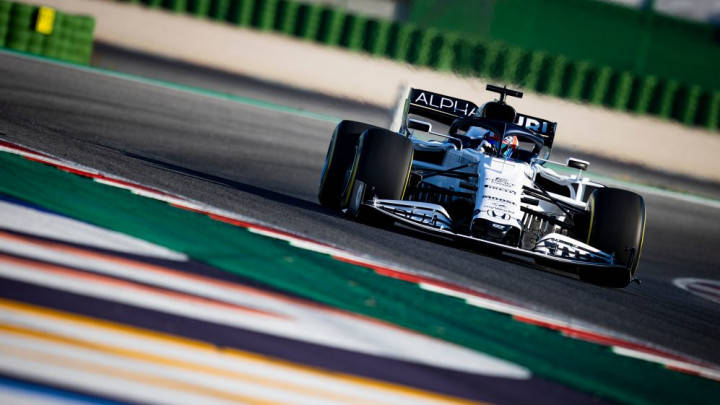
A shakedown means a brief debut test of a new vehicle or part to declare whether it is fit for further operational uses. These kinds of tests are usually done by teams before pre-season testing during their allotted filming day limit of 100km. It is not uncommon that the teams shakedown their new cars during the pre-season test.
Green Track
No, it's not a literal green coloured track. This term is used to describe track conditions where there is a major lack of grip. It is usually mentioned when drivers head out for their first outing of the day or even a race weekend like Friday practice.
Red Flag
This flag makes a regular presence in testing. It essentially means that a session has been suspended, and drivers on track have to head back to the pitlane. Some of the reasons why the red flag is brought out include a car breakdowns on the track, crashes on track and more importantly, the end of a session.
Installation lap
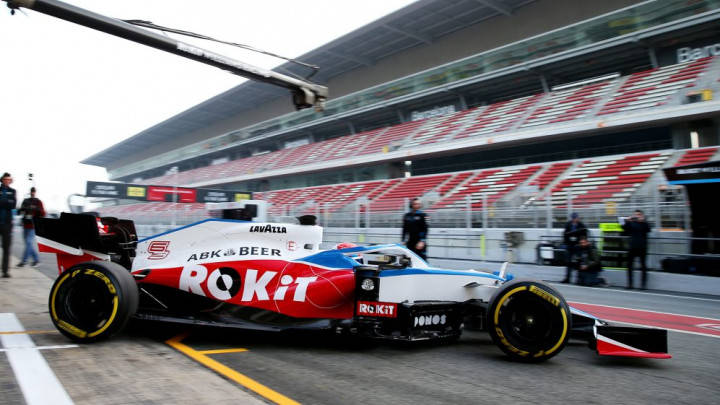
This is another term that is also used during a race weekend. It is a lap where the driver checks basic car functions such as throttle, brakes and steering. They don't necessarily complete the lap, instead head back to the pits.
Dirty/Clean Air
These two terms are commonly used as an aerodynamic slang among the paddock. Dirty air is essentially turbulent air that is created by airflow spinning off the back of a leading car and reducing the optimal airflow over the following one. The following car receives a performance disadvantage due to lesser downforce. On the other hand, clean air is when undisturbed airflow passes over a car out on its own, providing optimal downforce.
Inlap/Outlap
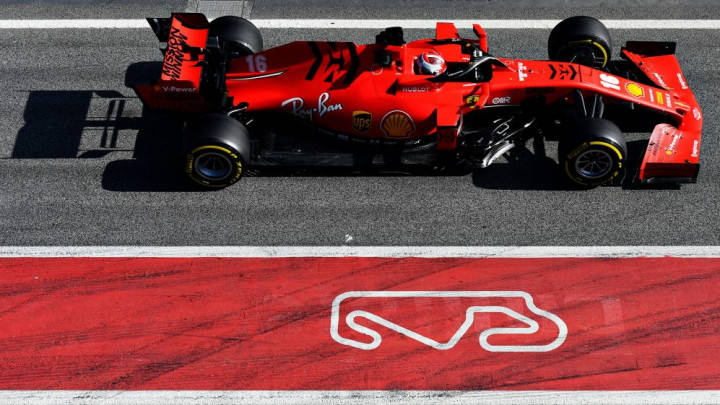
Both terms are also used in racing conditions. An in lap is usually the final lap a driver completes before coming into the pits. An out lap is the first lap out of the pits. For example, during a qualifying, out lap, drivers get their tires and brakes to optimal temperature before starting their qualifying laps. During in laps, drivers normally drive slowly and have to give way to competitors on a flying lap before heading into the pits.
Sandbagging
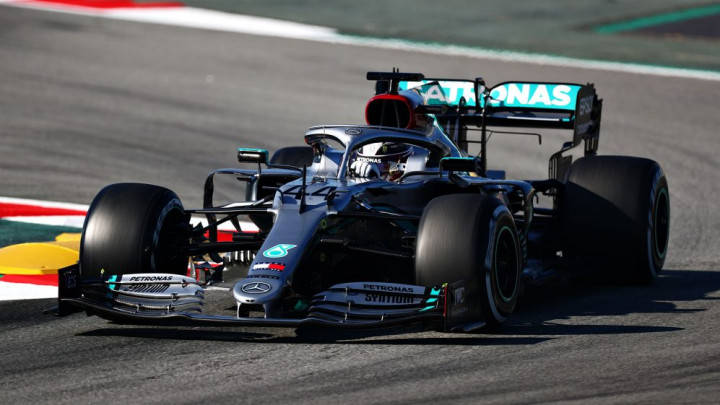
One of the two most famous terms used when testing. It is a tactic the driver or team uses to hide the true pace of the car. Sandbagging can be achieved in many ways such as adding extra ballast, a heavy fuel load, as well as running on low power modes. There are instances where the driver intentionally backs out before he completes the lap.
Glory Run
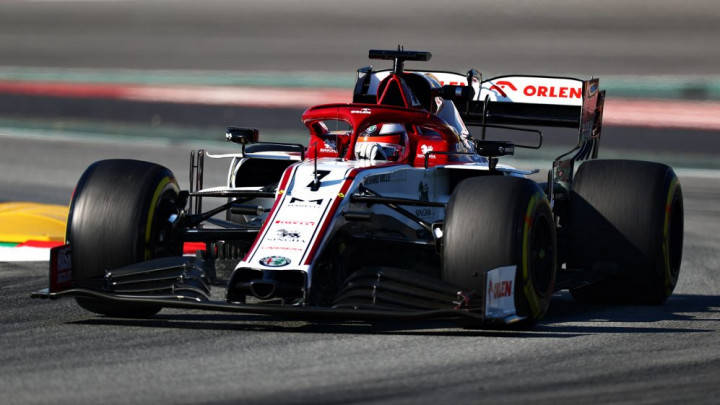
Another popular term among the paddock is a glory run. It is the opposite of sandbagging, in which the drivers or team deliberately unleash the true pace of their car to catch attention. This is not as prevalent now as compared to around 15 years ago when there was limitless testing. An unheralded team would suddenly grab a lot of headlines as its driver shot up the timing screen. It was done mainly to please sponsors who wanted a little extra press mileage.
Qualifying Simulation
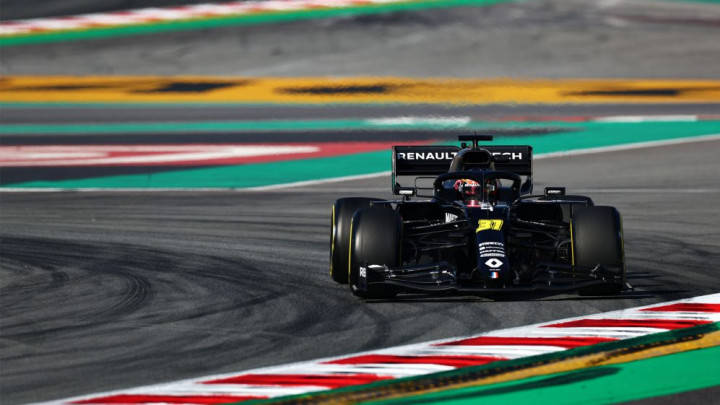
This is one of many programs conducted by teams during testing and race weekends to analyse the potential of the car. A qualifying simulation is a scenario where teams fuel the car up for two, maybe three laps and unleash the full potential of the car to test its one-lap capabilities.
Race Simulation
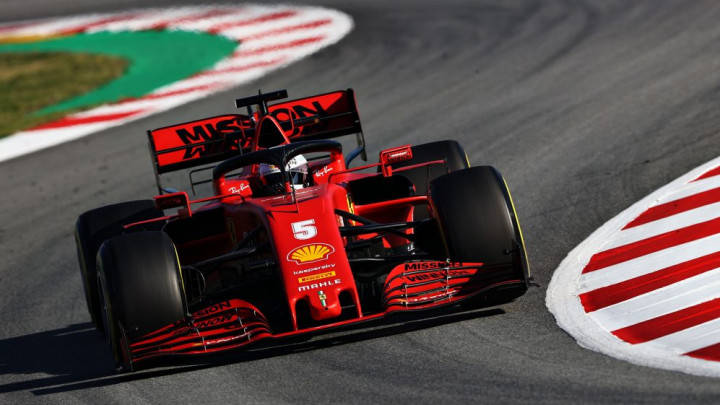
Like qualifying simulation, this is another program done during testing or practice sessions in a race weekend. In this scenario however, teams fuel the car up for the equivalent of a race distance to test how consistent the car can be in racing conditions. For example, a race distance in Barcelona Spain, is 66 laps, so teams fuel up their cars accordingly.
Computational Fluid Dynamics (CFD)
CFD is one of the most important areas of aerodynamic innovation for Formula One nowadays considering the limited scope of on-track testing and limited wind tunnel hours available. This tool is used by designers that utilise mathematics and simulations to predict aerodynamic airflow. It is used alongside wind tunnels for car design.
Kiel Probe
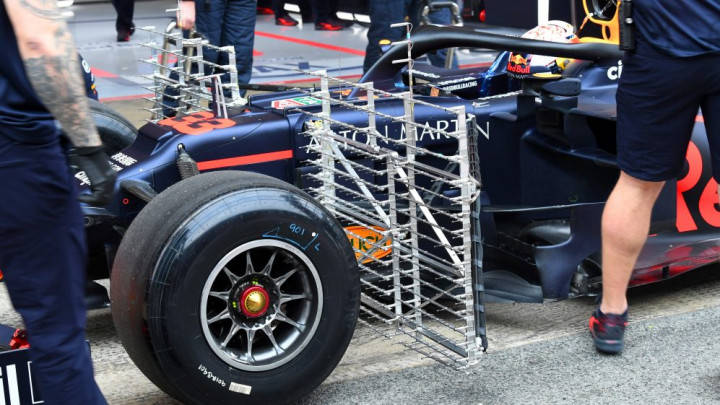
Ever noticed a large grille like setup on an F1 car at times? Well that device is called a kiel probe, also known as an aero rake. This device is an array of sensors that are used to measuring air speed, air flow, pressure, and even the temperature on precise and specific positions. These devices can be installed in multiple positions for a specific purpose to collect real time data for correlation with wind tunnel and computational fluid dynamics (CFD) data to confirm whether the numbers match real world figures.
Flo vis
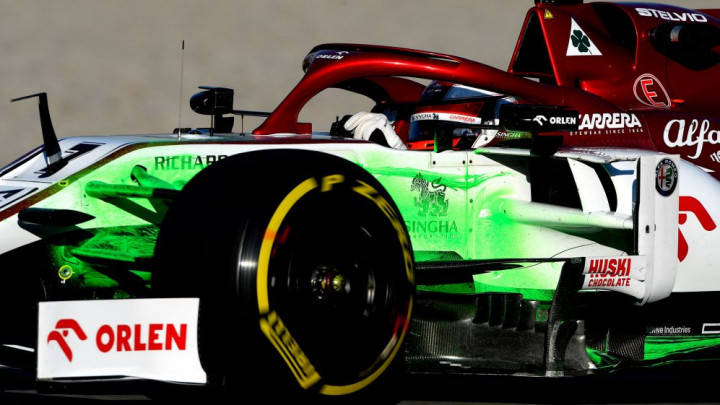
You might have noticed teams splashing paint on a particular part of the car and when it is on track, the paint dries and sports a particular slow. Well that serves as a data gathering exercise. The paint is used to visualise airflow patterns on the painted part of the car. This also helps aerodynamicists correlate with CFD data and analyse any aero problems in the car.
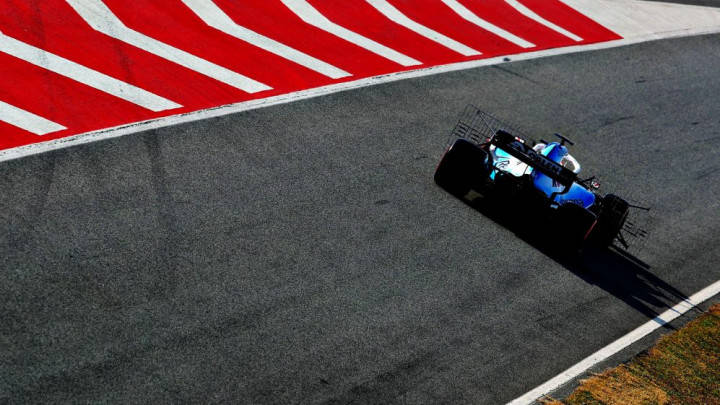
These are just a few of many other terms used among the paddock over the course of a season. And as regulations and technology evolve, so does jargon. We also get to witness new ones created in the process. Expect more wacky jargons to be created once the new crop of F1 cars show up by 2021.
from zigwheels https://ift.tt/2VgInAf

0 comments:
Post a Comment